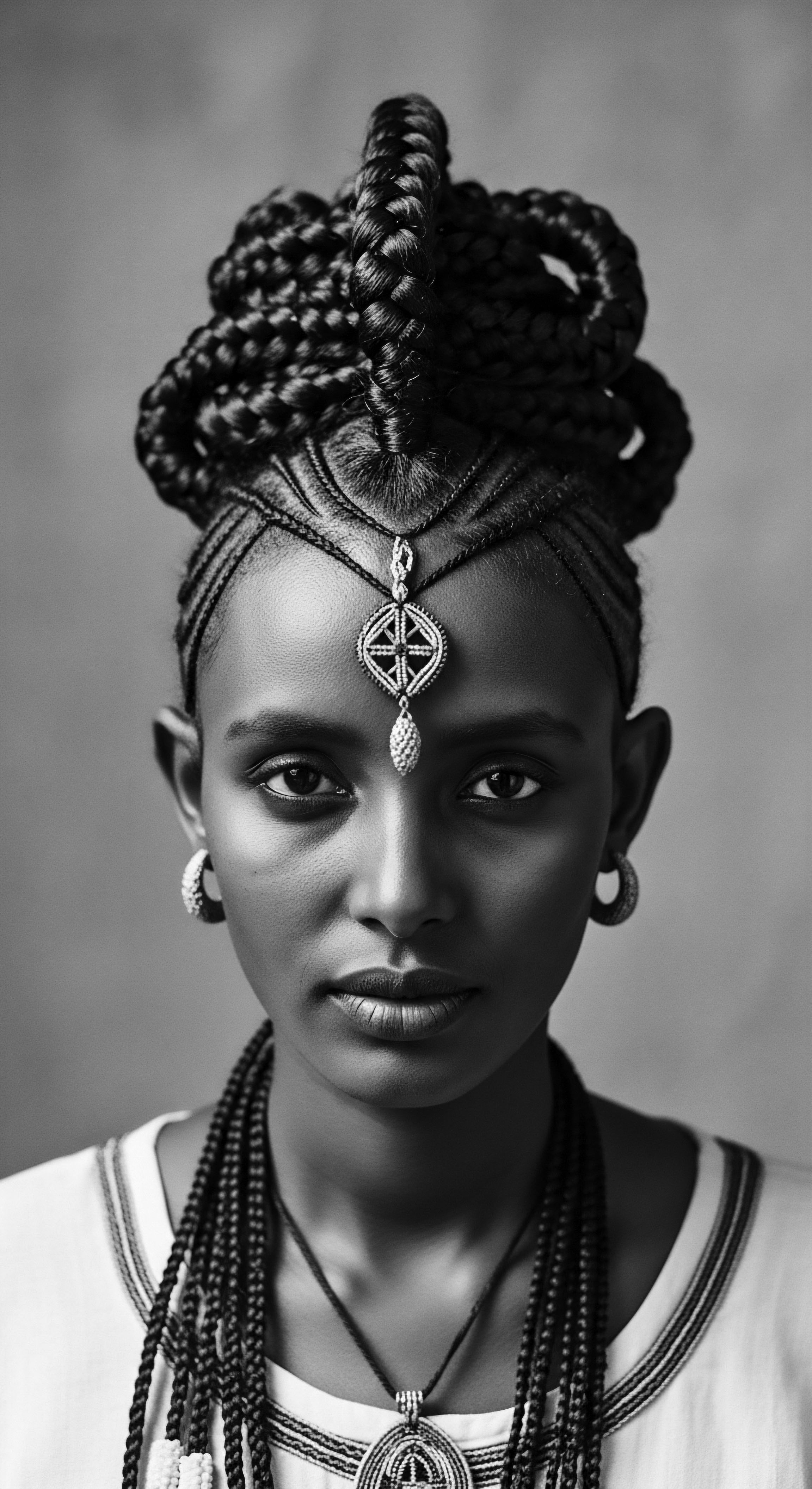
Fundamentals
The concept of Follicle Morphology, at its most elemental, refers to the inherent shape and orientation of the hair follicle as it resides within the skin. This biological blueprint, unseen by the casual eye, dictates the very character of the hair strand that emerges. For those with textured hair, especially individuals of Black and mixed heritage, this underlying structure is not merely a scientific detail; it represents a foundational truth, an ancestral gift shaping hair’s unique journey. Before the advent of modern microscopy, our forebears possessed an intuitive comprehension of this truth.
They observed the distinctive growth patterns, the way hair spiraled from the scalp, or formed dense coils, and adapted their care practices accordingly. This deep observation formed the earliest wisdom concerning what we now term Follicle Morphology.
In ancient African societies, hair was rarely viewed as a simple aesthetic feature. It was a profound symbol, a living connection to lineage, community, and the spiritual realm. The way hair grew, its density, its specific curl, all carried messages. Hairstyles, meticulously crafted, communicated a person’s tribe, social status, marital standing, and even their age.
The understanding of hair’s inherent nature, its Follicle Morphology, was embedded in these practices. For example, the Dogon people of Mali, known for their intricate braiding traditions, understood that certain hair patterns held their shape due to the hair’s natural inclination to coil, a direct result of its follicular origin. They used natural preparations, often derived from plants like shea butter or various seed oils, to work with, rather than against, these inherent textures. These preparations were not merely cosmetic; they were integral to maintaining the health and symbolic integrity of the hair. This wisdom speaks to an ancient, embodied knowledge of hair’s fundamental design, a recognition that the outward appearance of hair is inextricably linked to its roots beneath the surface.
Follicle Morphology, the unseen architect of hair’s very form, has always guided ancestral hands in their sacred care practices for textured strands.
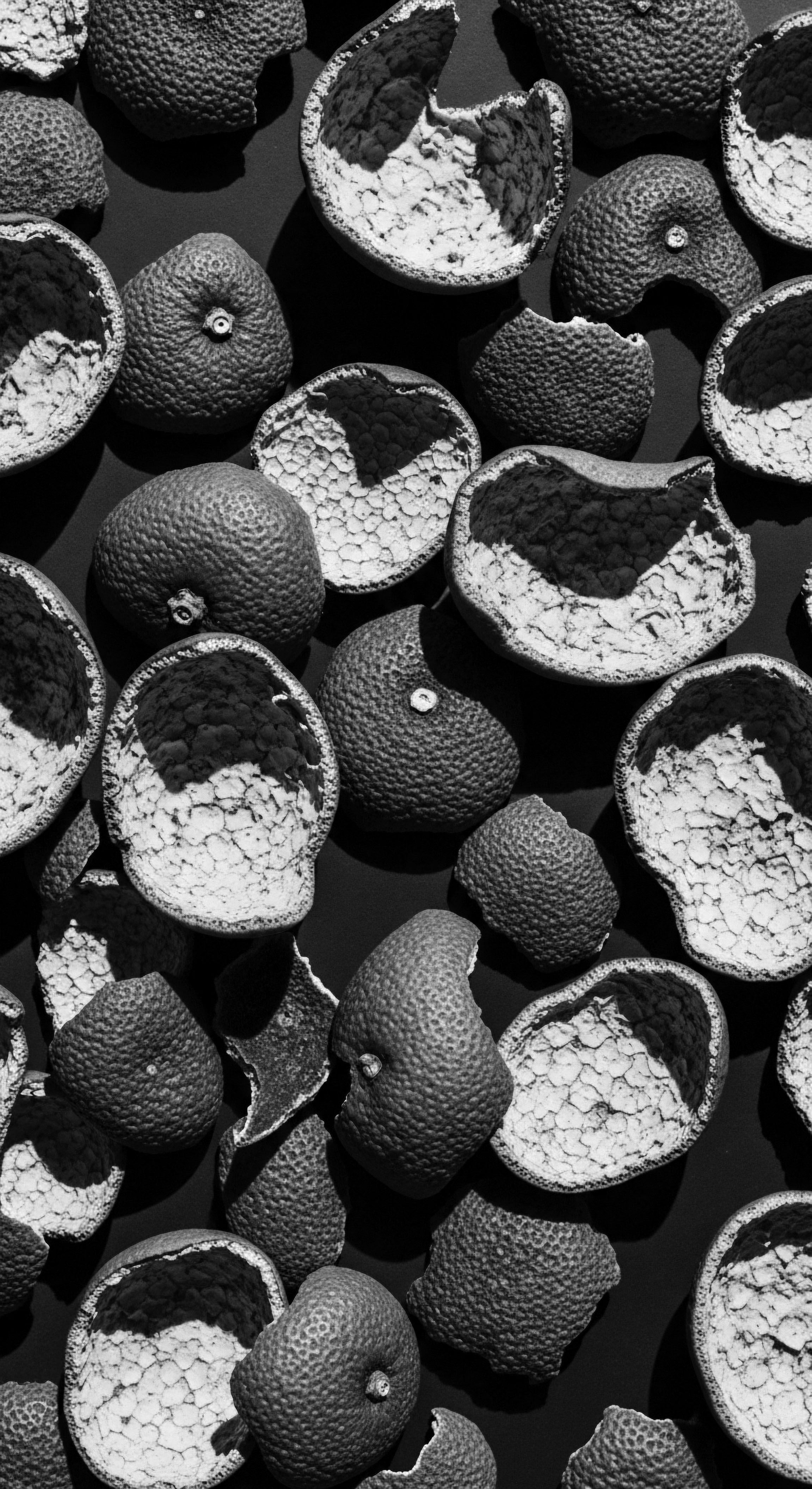
The Origin of Form ❉ Echoes from the Source
Every hair strand begins its life deep within the scalp, within a specialized pocket of skin known as the hair follicle. The Follicle Morphology pertains to the three-dimensional shape of this pocket and its angle of implantation within the dermal layer. For hair that presents as straight, the follicle tends to be cylindrical and grows relatively perpendicular to the scalp.
Conversely, hair with curl, wave, or coil patterns springs from follicles that are typically elliptical or kidney-shaped in cross-section and emerge from the scalp at a more acute angle, often with a curved or S-shaped path beneath the skin (Doria Adoukè, 2022). This anatomical distinction dictates the hair shaft’s eventual shape ❉ a round follicle produces a round, straight hair shaft, while an oval or flattened follicle yields a hair shaft that is also oval or flattened, leading to the characteristic bends and twists of textured hair.
Ancestral communities, through generations of keen observation, developed sophisticated systems of hair care that implicitly honored these variations in Follicle Morphology. They recognized that hair presenting with tighter curls required different handling, different moisture levels, and different tools than hair with looser waves. This empirical knowledge, passed down through oral traditions and communal rituals, served as their scientific treatise. The understanding that hair was not uniform, but expressed itself in a multitude of ways, was a cornerstone of their approach to grooming and adornment.

Ancient Perceptions of Hair Shape
- Cultural Mapping ❉ Many West African societies used hair patterns as literal maps, encoding information about tribal affiliation, social standing, or even escape routes during periods of oppression. The natural ability of textured hair to hold intricate styles, a direct consequence of its Follicle Morphology, made it an ideal medium for such complex communication (BLAM UK CIC, 2022).
- Spiritual Significance ❉ Hair was often considered a conduit to the divine, a connection to ancestors, or a source of spiritual strength. The way hair sprung from the head, reaching towards the heavens, was seen as symbolic of growth and vitality. Care rituals for hair were thus sacred, acknowledging its profound connection to the individual’s spiritual well-being and the collective spirit of the community.
- Practical Adaptation ❉ Early hair care involved working with the hair’s natural tendencies. For example, the creation of robust braids and twists, styles still prevalent today, allowed for protection of the hair strands, minimized tangling, and maintained moisture within the unique structure that Follicle Morphology dictates for coiled hair. These styles were not merely aesthetic; they were functional adaptations to the hair’s inherent qualities.
The ancient practices demonstrate a deep, intuitive awareness of Follicle Morphology, even without the modern scientific vocabulary. This primal comprehension formed the bedrock of textured hair heritage, guiding the hands of those who groomed, adorned, and revered hair as a living extension of self and ancestry.
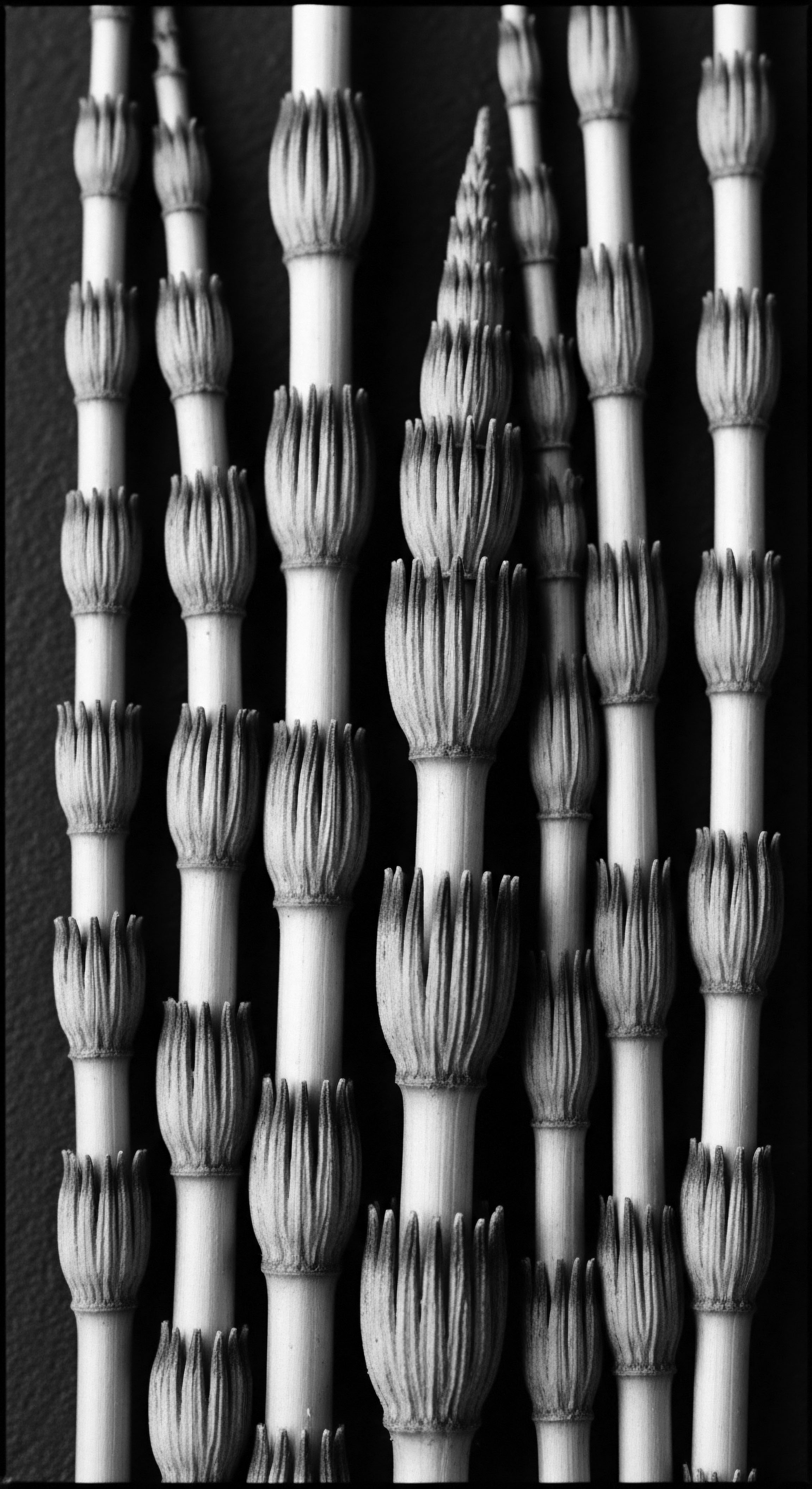
Intermediate
Moving beyond the foundational insights, an intermediate understanding of Follicle Morphology deepens our appreciation for how heritage practices have been sustained and adapted across generations, especially within the vast expanse of the African diaspora. This level of comprehension acknowledges that the unique shape of the hair follicle, typically elliptical or flattened in cross-section for textured hair, dictates the hair shaft’s spiraling growth. This results in strands that coil, curve, and bend, creating the spectrum of waves, curls, and kinks that distinguish Black and mixed-race hair. This anatomical distinction is not just a biological curiosity; it has profoundly influenced traditional care rituals, styling techniques, and the very cultural identity of people of African descent.
The continuity of hair care practices, often rooted in specific Follicle Morphology, speaks to a remarkable resilience. Despite the traumatic disruptions of the transatlantic slave trade, during which enslaved Africans were forcibly stripped of their cultural expressions, including hairstyles, ancestral knowledge persisted (Umthi, 2023). Enslaved women, facing harsh conditions, adapted their care, often using available natural resources to maintain hair health and subtle forms of adornment.
This adaptation, born of necessity and defiance, carried forward the implicit wisdom of working with hair’s natural structure. For instance, the strategic braiding of rice seeds into hair by West African women during the slave trade not only provided a means of survival but also represented a poignant act of preserving culture, a testament to the intimate connection between hair and heritage (BLAM UK CIC, 2022).
The legacy of Follicle Morphology in textured hair is a testament to ancestral ingenuity, where inherent biological form guided the enduring practices of care and cultural expression across the diaspora.
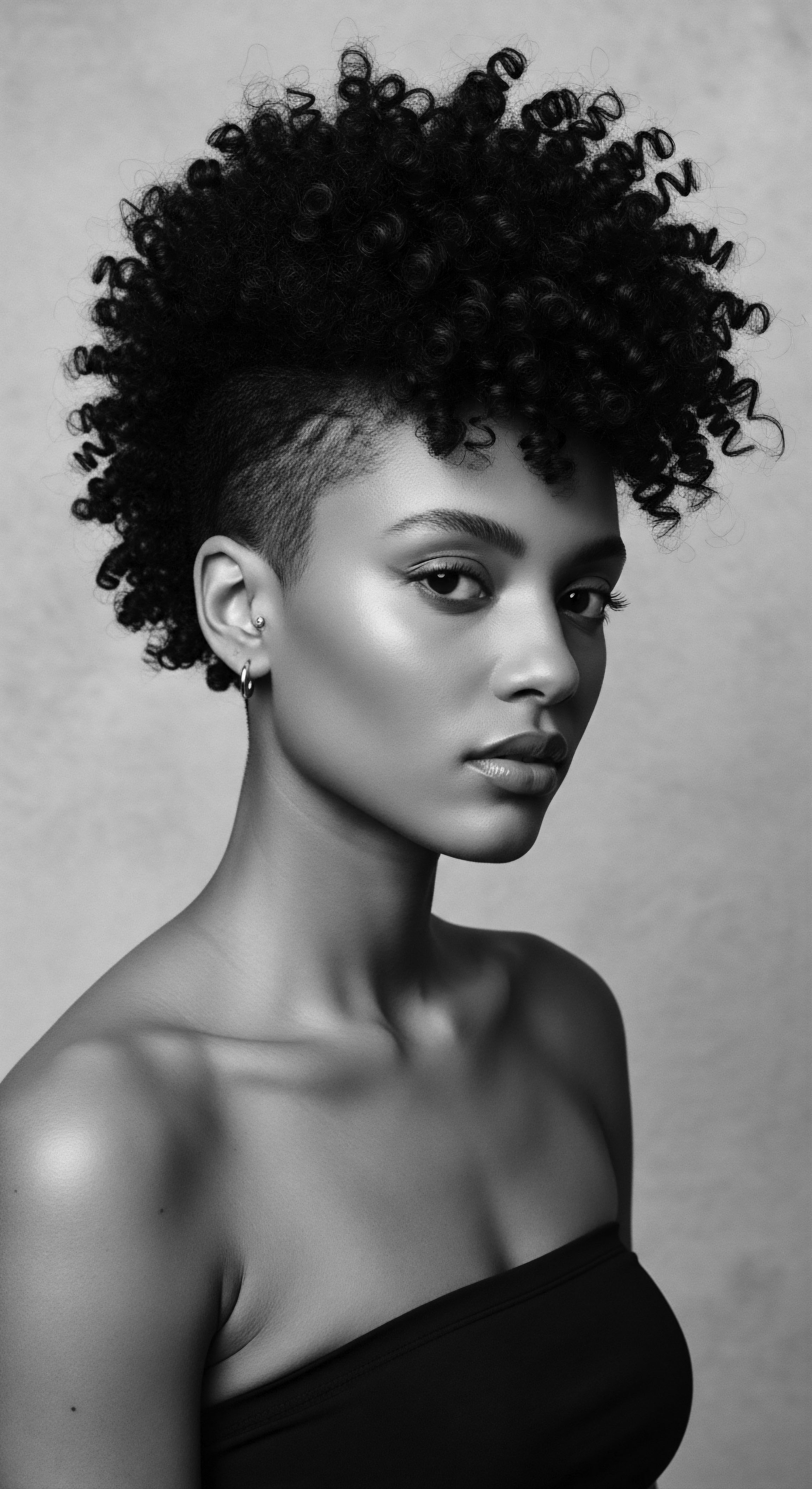
The Tender Thread ❉ Traditional Care Rituals and Follicle Morphology
Traditional hair care for textured hair is a rich tapestry woven from observation, innovation, and reverence. The distinctive curvature of the hair follicle, causing the hair shaft to grow in a spring-like or corkscrew pattern, presents specific needs ❉ a greater propensity for dryness due to the difficulty of natural scalp oils traveling down the coiled shaft, and a higher susceptibility to breakage from manipulation (Doria Adoukè, 2022). Ancestral wisdom addressed these challenges long before modern science articulated them.
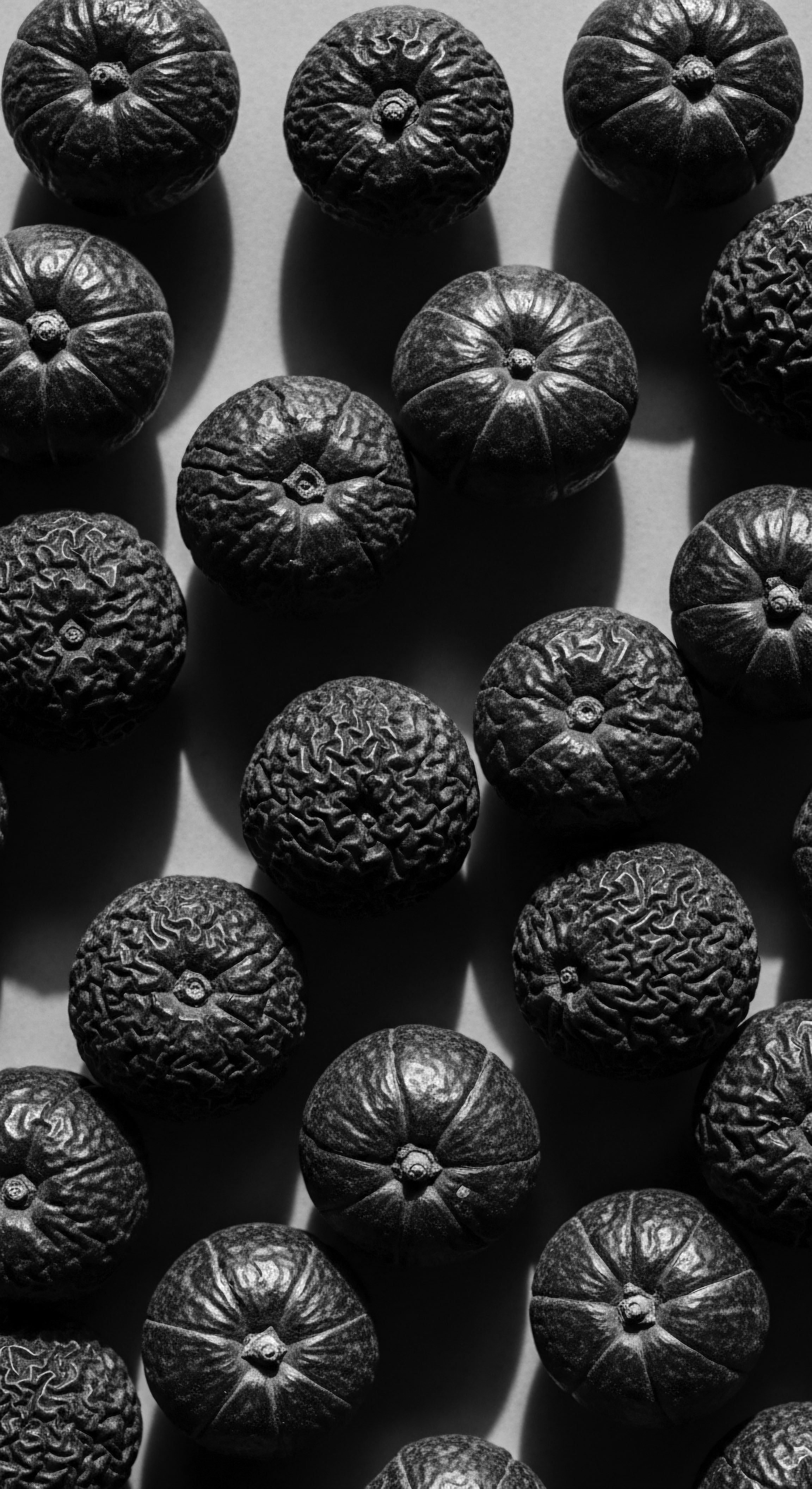
Practices Shaped by Follicle Form
- Oiling and Sealing ❉ The practice of regularly applying natural oils, such as shea butter, palm oil, or coconut oil, to the scalp and hair strands was, and remains, a cornerstone of textured hair care. This tradition intuitively compensates for the hair’s natural dryness, providing lubrication and creating a protective barrier against moisture loss, a direct response to the morphological characteristics that limit sebum distribution along a highly coiled strand (DermNet, 2023).
- Protective Styling ❉ Styles like cornrows, braids, and twists, deeply embedded in African and diasporic cultures, serve as protective measures. By securing hair in organized patterns, these styles minimize tangling, reduce mechanical stress on the hair shaft, and allow for less frequent manipulation, all of which mitigate breakage in hair that is inherently more fragile due to its elliptical cross-section and curved growth (BLAM UK CIC, 2022). These methods, often passed down through generations, implicitly acknowledge the hair’s vulnerability at its bends and curves, which are dictated by the follicle’s shape.
- Gentle Detangling ❉ The propensity for textured hair to form knots, a direct consequence of its coiling structure, led to specific detangling rituals. These often involved finger-detangling or using wide-toothed combs, always with patience and the application of water or oils, to minimize stress on the hair. This gentle approach prevented breakage that could easily occur if force were applied to hair with numerous points of natural curvature.
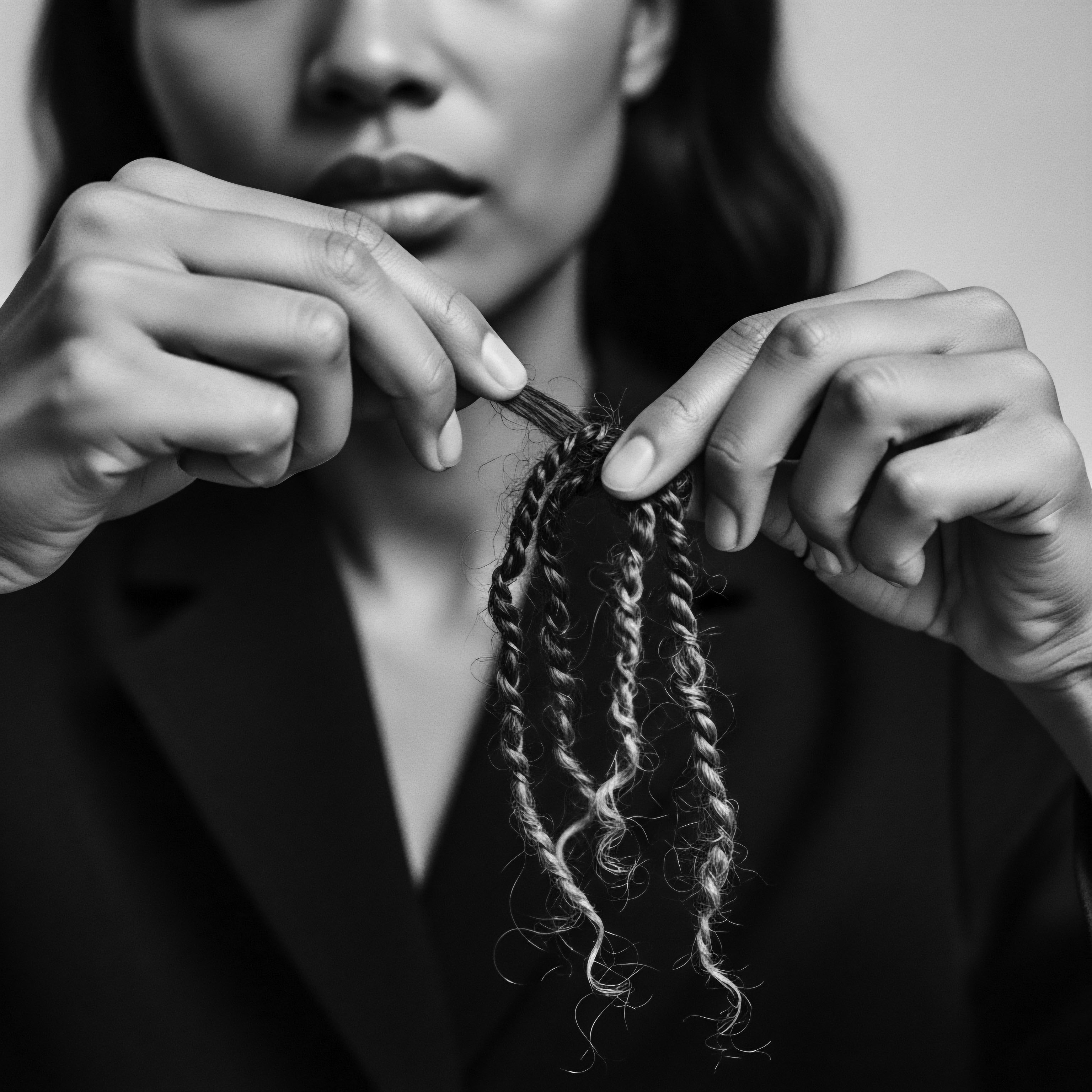
The Living Heritage of Styling and Adornment
The relationship between Follicle Morphology and styling practices is a testament to human ingenuity and cultural expression. The ability of textured hair to hold intricate designs without the need for excessive heat or chemicals is a direct benefit of its inherent structure. The natural spring and grip of coiled hair, born from its follicular shape, allow for styles that are both visually stunning and remarkably stable.
| Aspect of Care Moisture Retention |
| Ancestral Practice (Pre-Colonial/Diaspora) Regular application of plant-based oils (e.g. shea butter, palm oil) and infusions to scalp and strands. |
| Contemporary Understanding (Influenced by Heritage) Layering techniques (LOC method ❉ Liquid, Oil, Cream) to seal in moisture, often using natural emollients like jojoba oil or castor oil (Afro Hair Care, 2022). |
| Aspect of Care Hair Protection |
| Ancestral Practice (Pre-Colonial/Diaspora) Intricate braiding, twisting, and knotting styles (e.g. Bantu knots, cornrows) for extended periods. |
| Contemporary Understanding (Influenced by Heritage) Protective styles (braids, twists, locs, weaves) to reduce manipulation and breakage, emphasizing low tension and scalp care (DermNet, 2023). |
| Aspect of Care Cleansing & Scalp Health |
| Ancestral Practice (Pre-Colonial/Diaspora) Use of natural clays, herbal infusions, and saponin-rich plants for gentle cleansing. |
| Contemporary Understanding (Influenced by Heritage) Sulfate-free shampoos, co-washing, and targeted scalp treatments to maintain a healthy microbiome without stripping natural oils. |
| Aspect of Care Detangling Methods |
| Ancestral Practice (Pre-Colonial/Diaspora) Finger-detangling, careful use of natural combs, often with water or oils. |
| Contemporary Understanding (Influenced by Heritage) Wide-toothed combs, detangling brushes, and conditioners applied to wet hair, working in small sections. |
| Aspect of Care The continuum of textured hair care demonstrates a deep, enduring wisdom, adapting ancestral knowledge to modern formulations while honoring the unique structure dictated by Follicle Morphology. |
The evolution of hairstyles within the diaspora, from the complex cornrows used as communication during slavery to the defiant Afros of the Black Power Movement, illustrates how hair has served as a canvas for identity and resistance (Umthi, 2023). Each style, whether a practical necessity or a political statement, implicitly acknowledged the unique qualities of textured hair stemming from its Follicle Morphology. The resilience of these practices, passed down through the generations, highlights a collective wisdom that understands hair not just as fibers, but as a living part of one’s ancestral story. This understanding moves beyond mere aesthetics, connecting hair care to a profound sense of self and community, a thread that binds past to present.
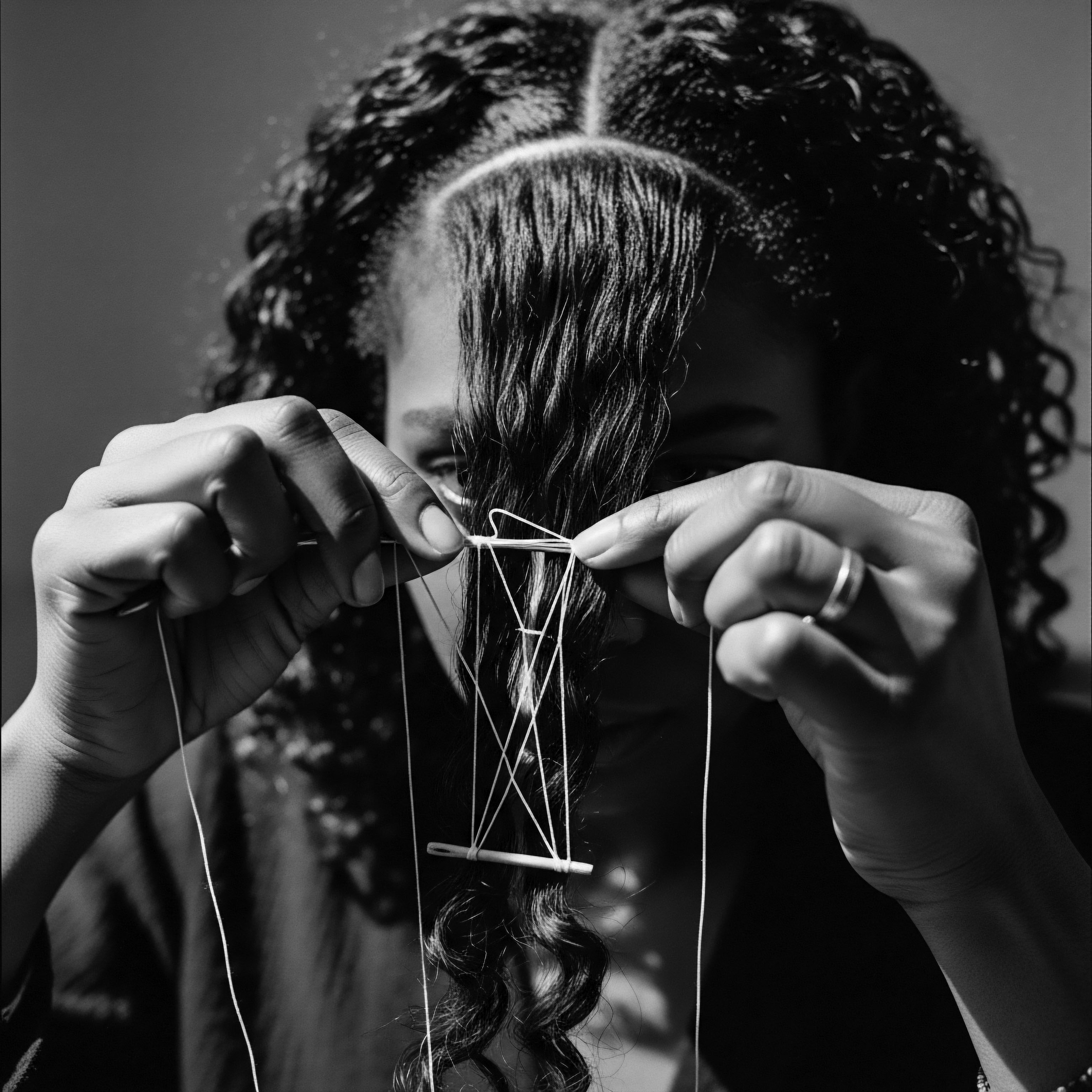
Academic
The academic exploration of Follicle Morphology ascends to a profound investigation of its cellular architecture, genetic underpinnings, and its intricate connection to the broader historical and socio-cultural landscape of textured hair. This advanced interpretation moves beyond surface-level descriptions, dissecting the biological intricacies that render textured hair distinct and examining how this distinctiveness has been perceived, categorized, and, at times, marginalized throughout history. For those with textured hair, particularly individuals of Black and mixed heritage, the Follicle Morphology is not merely a biological phenomenon; it stands as a living testament to ancestral lineages and an ongoing narrative of identity, resilience, and beauty.
At this elevated level of inquiry, the definition of Follicle Morphology encompasses the precise cellular arrangements within the dermal papilla and outer root sheath that orchestrate the curved growth of the hair shaft. Research reveals that for tightly coiled hair, the hair follicle exhibits a distinct retro-curvature at the bulb, appearing asymmetrical or S-shaped, causing the hair shaft to grow in a spiral or helical pattern (Franbourg et al. 2007). This anatomical configuration results in a hair strand with an elliptical or flattened cross-section, contributing to its inherent spring and coil.
Furthermore, the asymmetric proliferation of cells within the hair matrix on opposing sides of the follicle contributes to the characteristic curl, with faster cell division on the convex side. This biological specificity creates a hair fiber that, while structurally robust, is more susceptible to mechanical stress at its numerous points of curvature, requiring a nuanced approach to care.
The Follicle Morphology of textured hair, a biological marvel of curvature and asymmetry, has been both a scientific curiosity and a historical marker, profoundly shaping identity and care across generations.
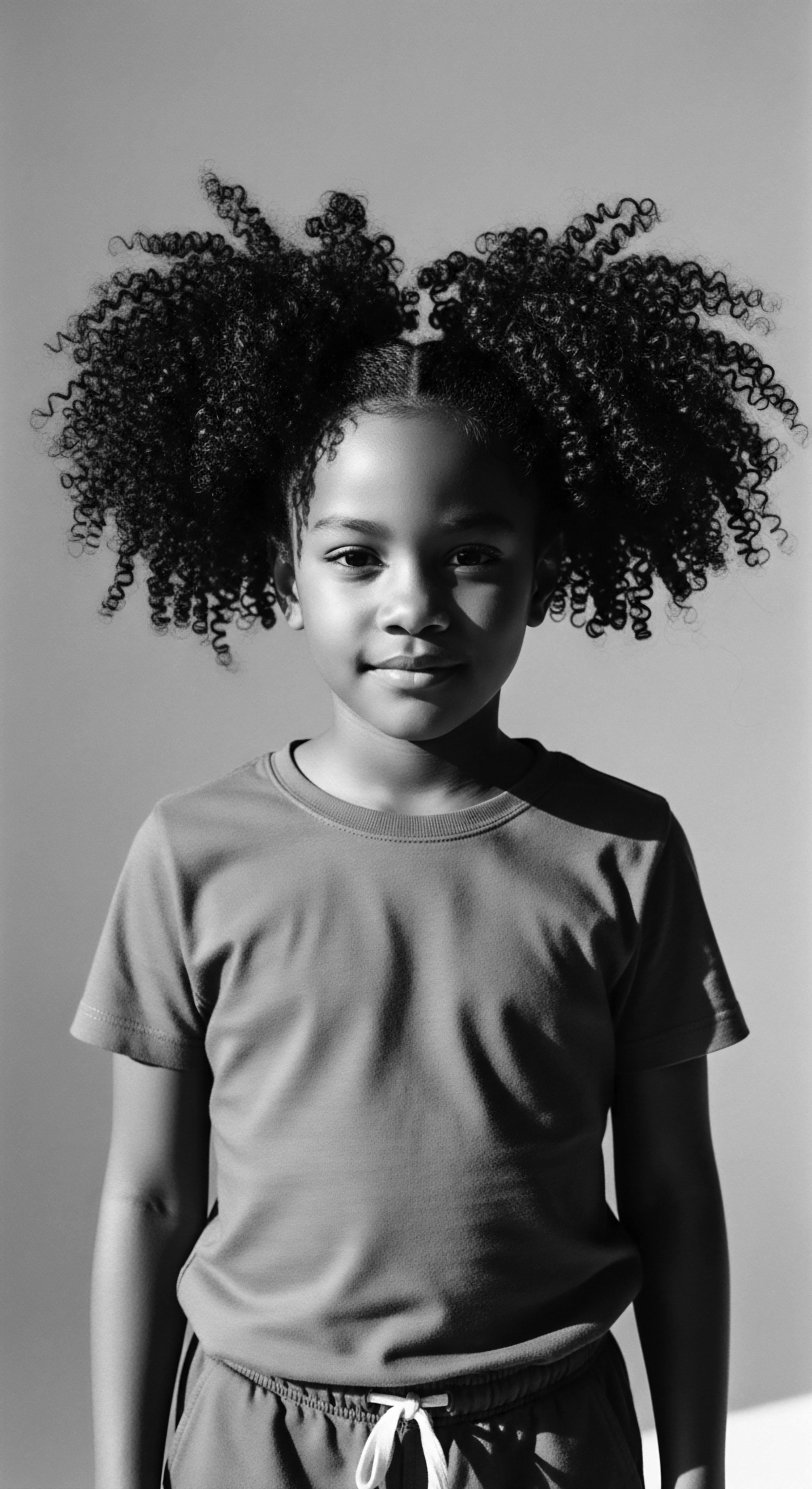
The Interplay of Biology, History, and Identity
The scientific study of hair morphology has a complex and often troubling history, particularly when applied to human populations. During the 18th and 19th centuries, European scholars, driven by emerging Enlightenment-era taxonomies, engaged in efforts to categorize human populations based on physical characteristics, including hair type and Follicle Morphology (American Anthropological Association, 1998). This period saw the rise of problematic “scientific racism,” where anatomical differences were used to construct racial hierarchies.
For instance, anthropologists like Paul Topinard (19th century) and others meticulously measured hair shaft cross-sections, associating “woolly” or “kinky” hair (now understood as hair with highly elliptical follicles and curved growth) with specific racial groups, often placing them at the lower end of a supposed evolutionary scale (Topinard, 1879). This historical example demonstrates how early, flawed scientific interpretations of Follicle Morphology were instrumentalized to justify colonial exploitation and systemic oppression.
This period of scientific classification often ignored the profound cultural significance of hair within African societies, where hair was revered as a symbol of spiritual connection, social standing, and ethnic identity. The traditional practices of braiding, twisting, and adorning hair were not merely aesthetic choices but deeply meaningful expressions that implicitly acknowledged the hair’s inherent structure. The imposed European beauty standards, which favored straight hair, directly contradicted the natural expression of Follicle Morphology in textured hair, leading to generations of struggle and self-rejection (Byrd & Tharps, 2001). This historical context underscores the psychological and social impact of hair discrimination, which continues to affect individuals of African descent, despite contemporary scientific consensus affirming the biological diversity of human hair without hierarchical implications (Health Equity, 2023).
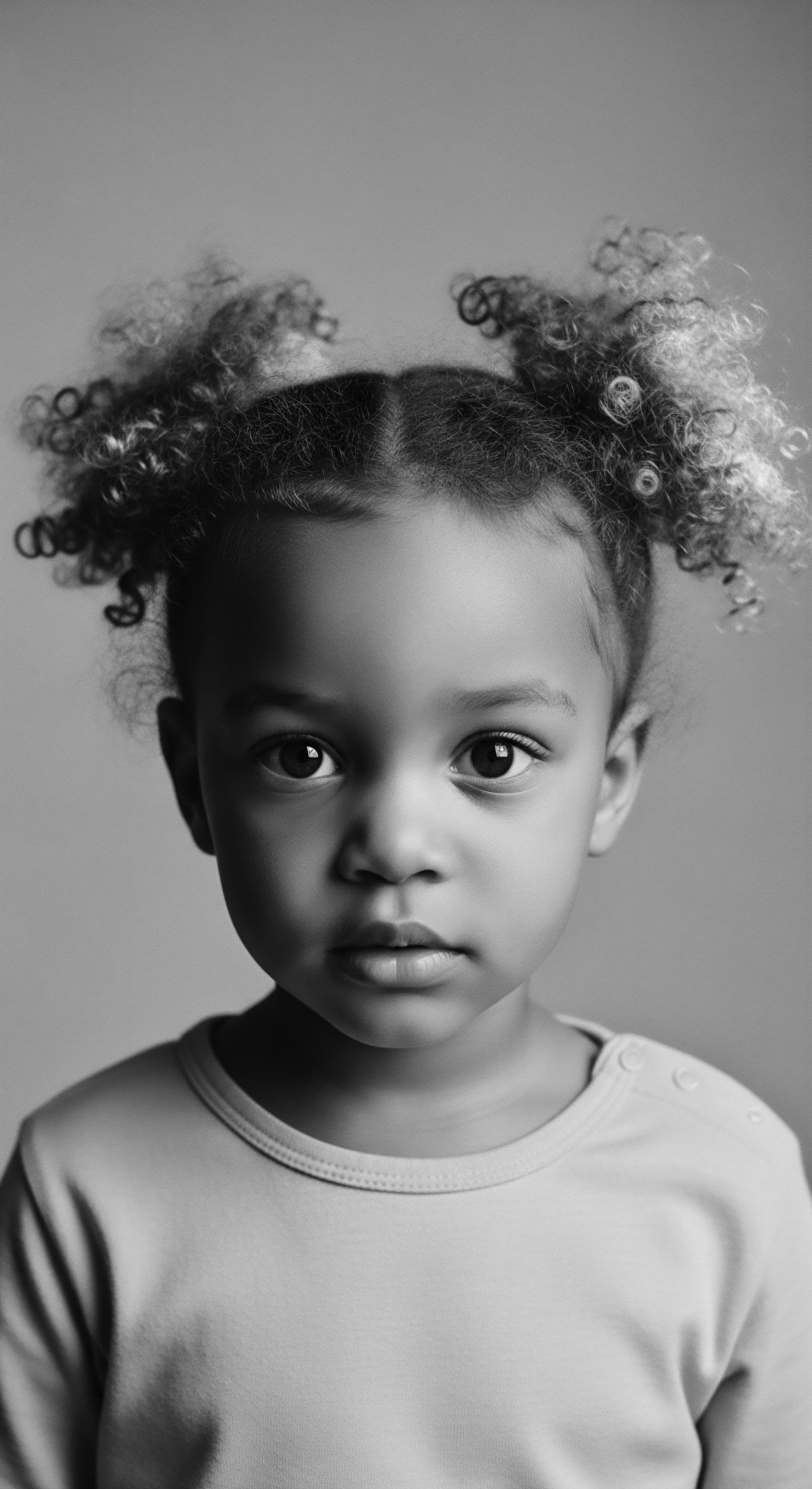
Genetic and Environmental Influences on Follicle Morphology
Modern genetic studies have significantly advanced our comprehension of Follicle Morphology. While the precise genetic mechanisms are complex and involve multiple genes, research indicates that specific genetic markers influence the shape of the hair follicle and, consequently, the degree of hair curl. For example, studies have identified genes like EDAR and FGFR2 as contributing to hair thickness and texture variations across populations (Medical News Today, 2021). For individuals of African descent, the combination of genetic factors results in the highly characteristic elliptical follicle and curved growth pattern, which is nearly universal in this population (Medical News Today, 2021).
Environmental factors also play a role, though their influence on the fundamental Follicle Morphology is less direct. Factors such as nutrition, scalp health, and physical manipulation (e.g. tension from tight hairstyles or chemical processing) can impact the hair shaft’s integrity and appearance, but they do not alter the inherent shape of the follicle itself. However, prolonged harsh treatments or improper care, often stemming from historical pressures to conform to non-textured hair ideals, can compromise the health of the hair growing from these unique follicles, leading to breakage or even follicle damage.
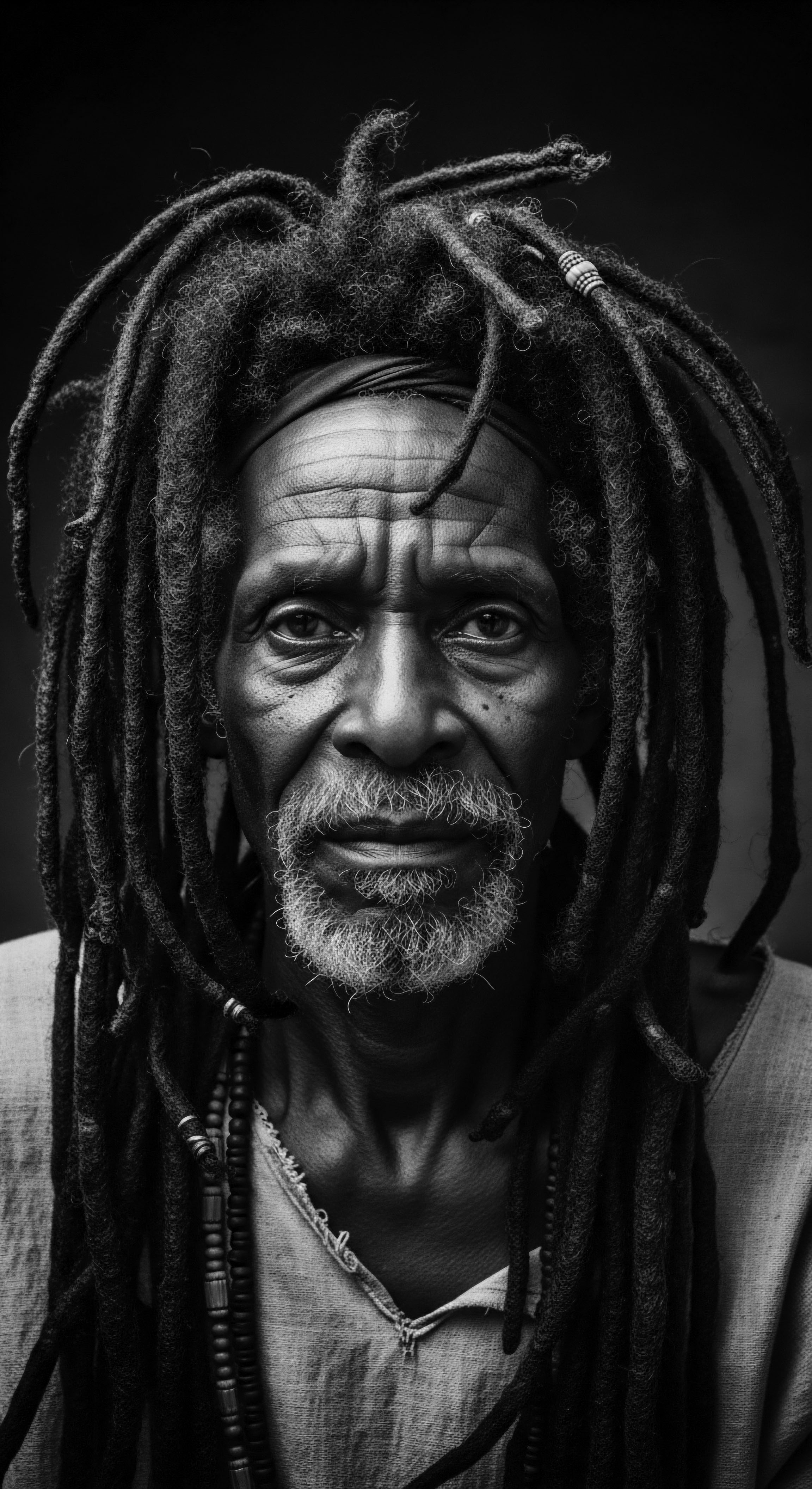
Follicle Morphology and the Future of Textured Hair Care
A sophisticated understanding of Follicle Morphology holds immense value for the future of textured hair care, informing product development, styling innovations, and a deeper appreciation for hair’s ancestral roots. Businesses and researchers now recognize that a “one-size-fits-all” approach to hair care is insufficient. Instead, formulations and tools are being developed with the specific needs of highly curved hair in mind, addressing its unique challenges related to moisture retention, fragility, and detangling.
The ongoing academic pursuit of Follicle Morphology also extends to understanding its implications for various hair conditions prevalent in textured hair communities, such as traction alopecia or central centrifugal cicatricial alopecia. By examining the interplay between Follicle Morphology, styling practices, and inflammatory responses, researchers aim to develop targeted interventions that respect the hair’s inherent structure while promoting optimal scalp and hair health. This research moves beyond superficial concerns, delving into the long-term well-being of individuals with textured hair, acknowledging the historical burdens placed upon them.
Furthermore, a deeper scientific explication of Follicle Morphology contributes to the broader cultural movement of natural hair acceptance and celebration. When the scientific community validates the unique biological basis of textured hair, it helps dismantle lingering societal biases and promotes a more inclusive understanding of beauty. This knowledge empowers individuals to appreciate their hair not as “difficult” or “unruly,” but as a biological marvel, a direct link to a rich ancestral heritage, and a source of strength and identity. The future of textured hair care is being shaped by this convergence of scientific rigor, historical awareness, and profound cultural reverence.
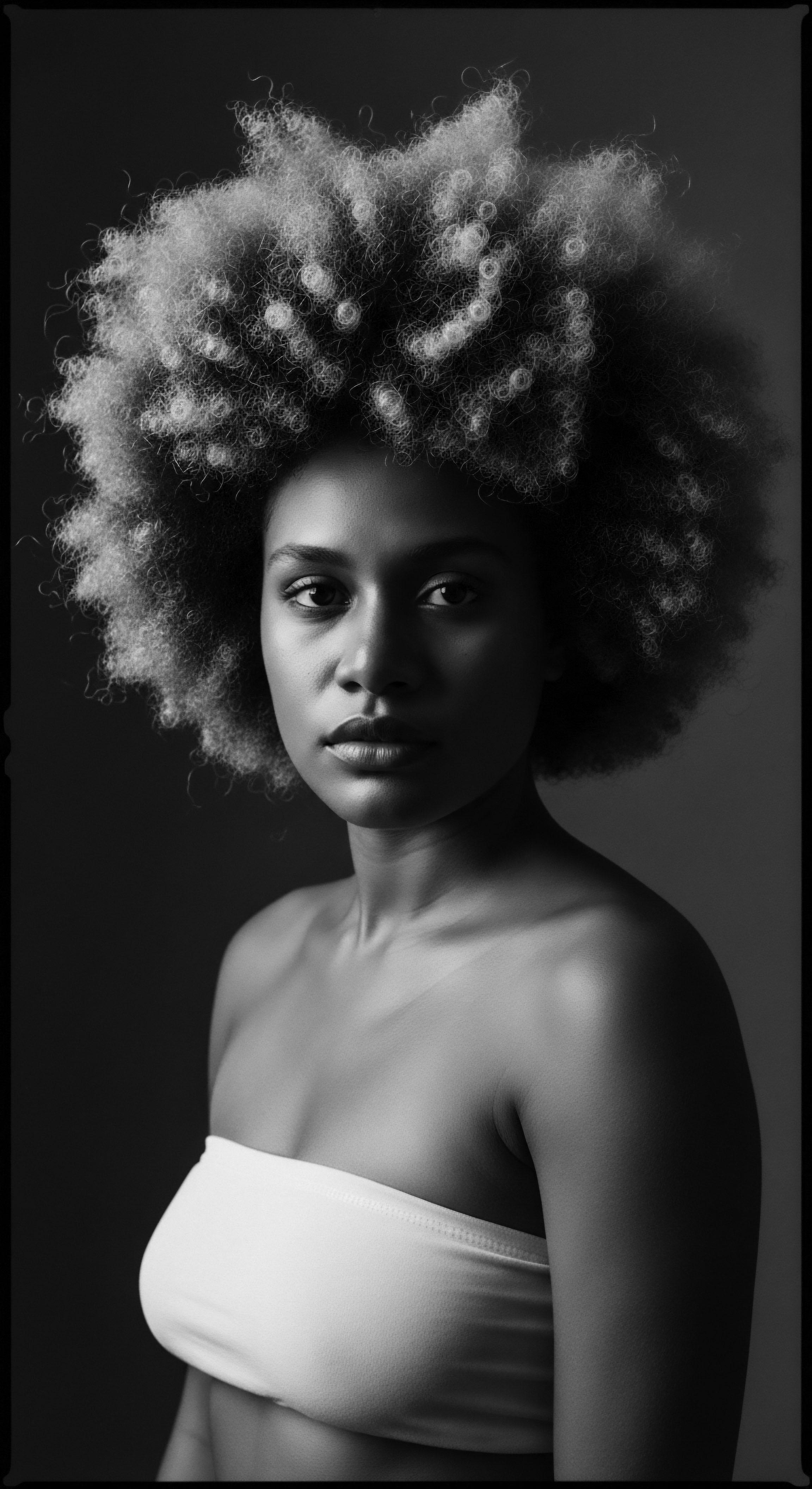
Reflection on the Heritage of Follicle Morphology
As we close this exploration into Follicle Morphology, a gentle truth settles upon us ❉ the architecture of each hair strand is a whisper from generations past, a testament to resilience and an enduring connection to ancestral wisdom. The very shape of the follicle, nestled beneath the skin, carries a story that transcends mere biology; it speaks of sun-drenched lands, of hands that braided messages of survival, and of spirits that refused to be diminished. Our understanding of this unseen blueprint is not just academic; it is a profound act of honoring the living library of textured hair.
The journey from ancient communal care to contemporary scientific inquiry reveals a continuous thread of reverence for hair’s innate form. From the intuitive knowledge of those who first learned to nourish and adorn coiled strands, to the modern scientist dissecting cellular asymmetries, the purpose remains consistent ❉ to comprehend and celebrate the unique capabilities of textured hair. This deeper recognition allows us to approach hair care not as a struggle against an unruly nature, but as a tender dialogue with a deeply rooted heritage. It invites us to listen to the hair, to feel its rhythm, and to understand that its natural inclinations are echoes of its ancient beginnings.
The “Soul of a Strand” ethos guides us to perceive Follicle Morphology as more than just a biological fact. It is a source of identity, a canvas for cultural expression, and a symbol of unbroken lineage. In every coil and curl, we witness the artistry of nature and the enduring spirit of a people who have carried their hair’s heritage with dignity and grace through epochs of change. This profound connection to the past illuminates our path forward, inspiring a future where every textured strand is met with understanding, respect, and boundless admiration.
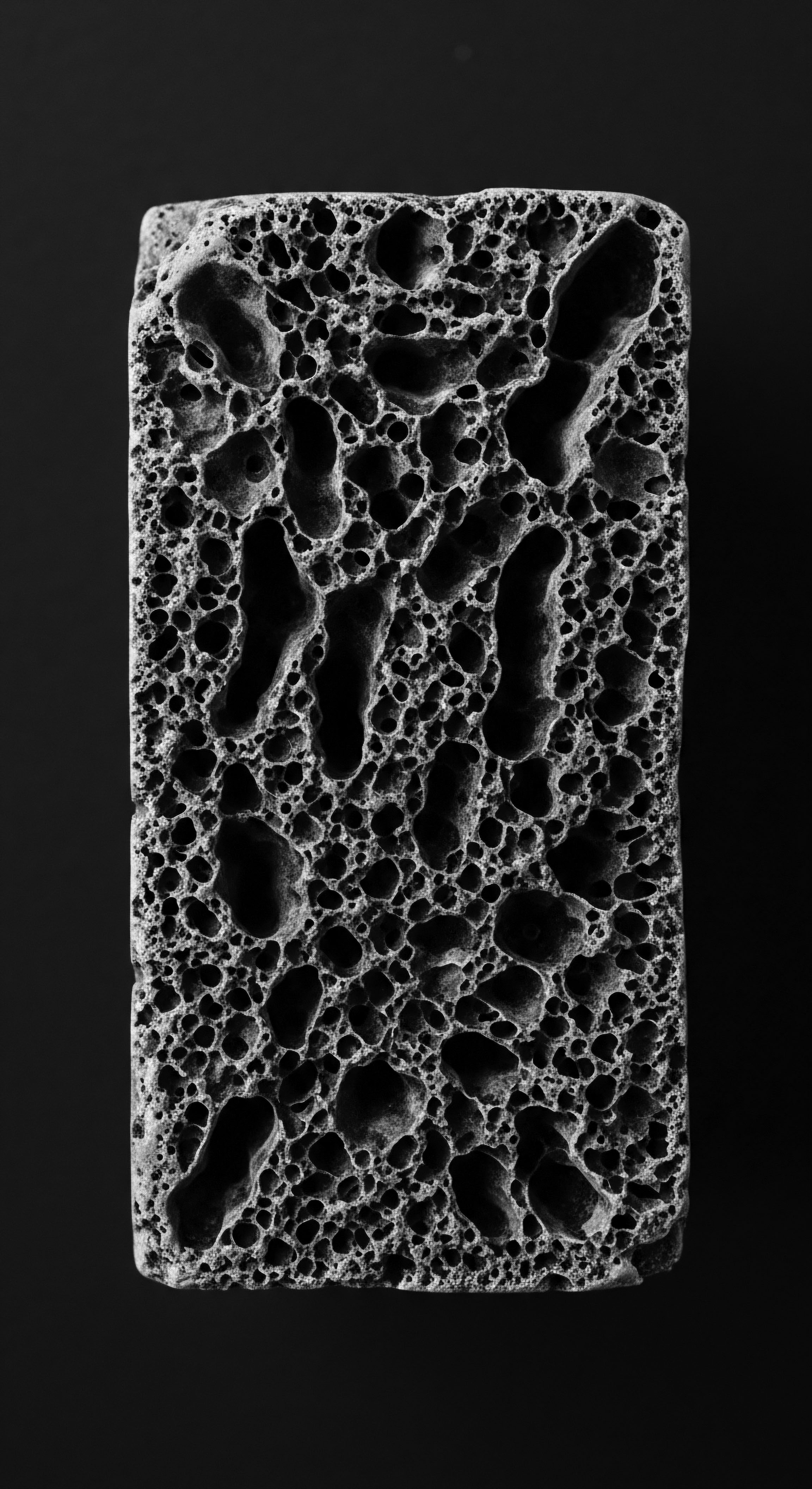
References
- American Anthropological Association. (1998). AAA Statement on Race.
- Byrd, A. D. & Tharps, L. L. (2001). Hair Story ❉ Untangling the Roots of Black Hair in America. St. Martin’s Press.
- Doria Adoukè. (2022). All you need to know about afro hair.
- Franbourg, A. Hallegot, P. Baltenneck, F. Toutain, C. & Leroy, F. (2007). Current research on ethnic hair. Journal of the American Academy of Dermatology, 57(5), S110-S113.
- Health Equity. (2023). The Person Beneath the Hair ❉ Hair Discrimination, Health, and Well-Being.
- Medical News Today. (2021). Biracial hair types ❉ What to know.
- Topinard, P. (1879). Anthropology. J.B. Lippincott & Co.
- BLAM UK CIC. (2022). The history of Black Hair.
- Umthi. (2023). The Cultural Significance and Representation of Afro-Textured Hair.
- DermNet. (2023). Hair care practices in women of African descent.
- Afro Hair Care. (2022). Afro Hair Care – The Ultimate Guide for 2022.
